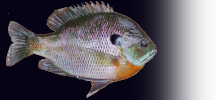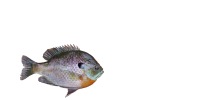Our Amazing Wildlife and Fish
The 261-miles of the Upper Mississippi National Wildlife and Fish Refuge (of which Lake Onalaska is a part), lists:
- 306 bird species (official USFWS list)
- 51 mammal species
- 119 fish species
- 42 freshwater mussel species
- 300+ bald eagle nests
- 5,000 great blue heron nests in 15 colonies
- 50% of the continent’s canvasback duck population use the refuge during fall migration
- 20-45% of the continent’s tundra swans stop here during fall migration
Canvasback Ducks and Wild Celery
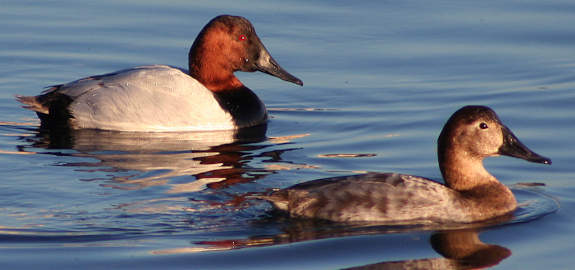
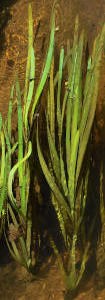
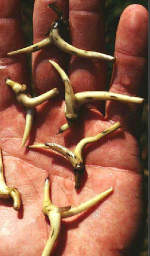
of Wild Celery
Canvasback responded by shifting their migration to western Wisconsin. Neither canvasback nor wild celery were abundant on the upper Mississippi until the construction of the locks and dams and their resulting reservoirs in the 1930s. It took several decades for wild celery beds to become established in this ideal habitat. Now, every autumn, canvasback arrive on Lake Onalaska in mid-October, feeding intensively for about 2 weeks to replenish their fat reserves on the stored energy of the tuber-like winter root bud of the wild celery plant. Most depart on the next leg of their migration by early November.
A buoy-marked voluntary waterfowl avoidance area (VWAA) is established each year on Lake Onalaska from October 15 until canvasback have left the Lake. Excessive disturbance to canvasback causing them to take flight burns the body fat they are attempting to rebuild for their next migratory hop.
The decline of wild celery beds as Lake Onalaska senesces and fills with sediment will be a major problem for canvasback in the very near future. Canvasbacks have no alternative beds of wild celery for refueling grounds. Initially projected to last only 50 years in the high-sediment environment of the upper Mississippi River, reservoirs like Lake Onalaska are now more than 80 years old. The LOPRD is working with natural resource partners to slow the rate of sedimentation into the Lake. (more information)
Tundra Swans and Arrowhead Plants
_575px.jpg)
